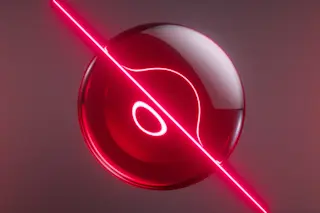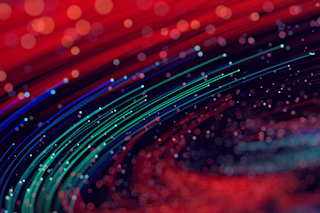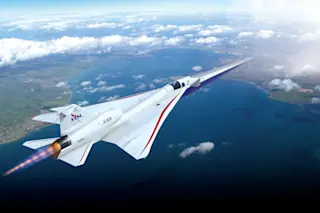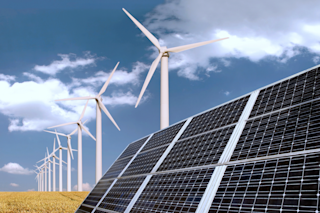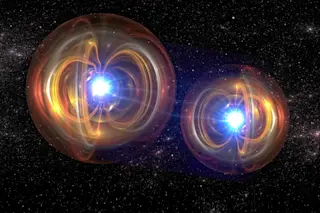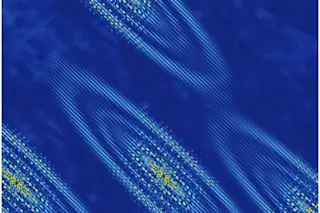A new camera being developed at MIT has the ability to see around corners--without the use of periscopes or mirrors. The camera works by bouncing ultra-short bursts of laser light off a solid surface (like a floor or an open door). Most of the light is reflected back to the camera, but some scatters in every direction, a small portion of which then hits and bounces off the object to be visualized (and other parts of the scene). Some of that scattered light then bounces back off the door or floor, and finally make its way back to the camera.
"It's like having x-ray vision without the x-rays," said Professor Ramesh Raskar, head of the Camera Culture group at the MIT Media Lab and one of the team behind the system. "But we're going around the problem rather than going through it." [BBC News]
The team's computer program can analyze ...





